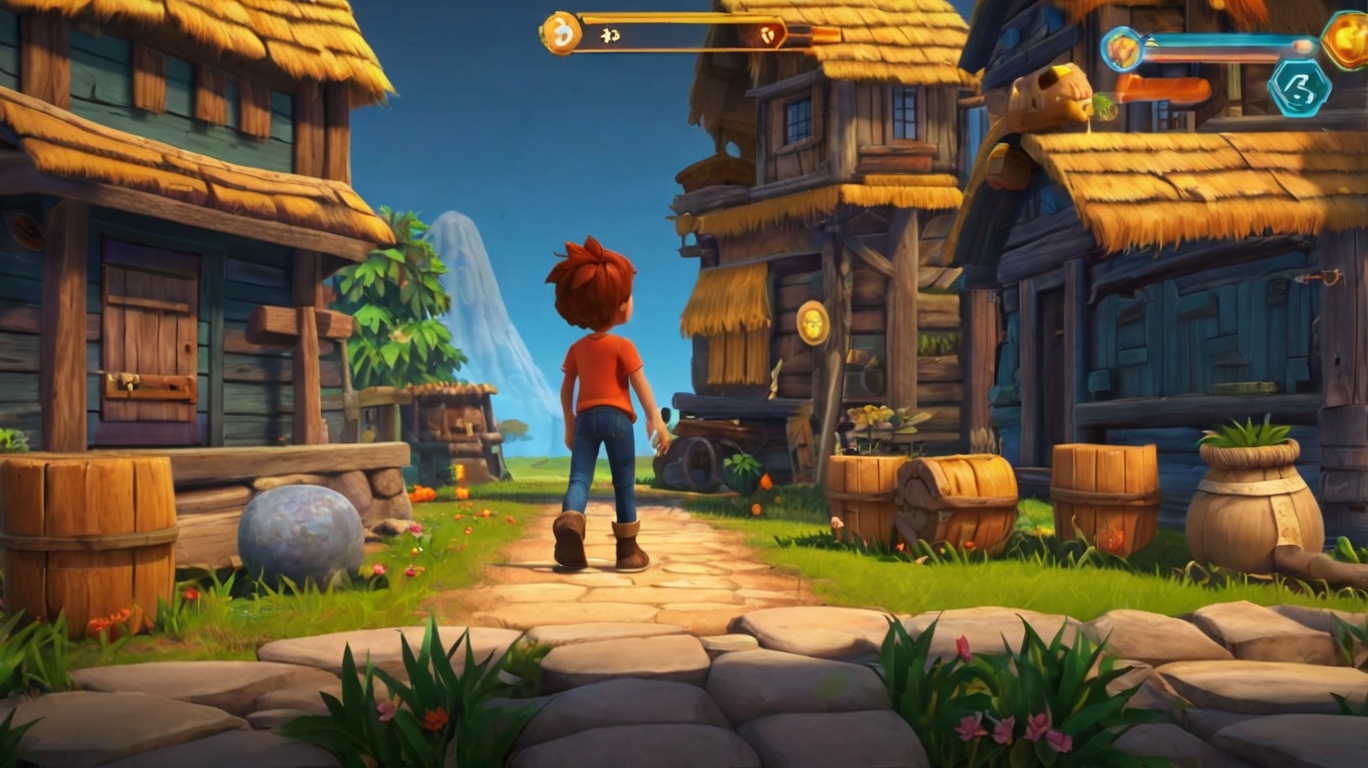
Animation is crucial to mobile games because it often serves as a bridge between dynamic action and static images. When characters, environments, and user interfaces are given life, a well-designed game may hold players’ attention for long stretches of time. However, it’s also not easy to make outstanding animations for mobile games. This article explores the nuances of animation in mobile game development and covers common mistakes, potential risks, and the difference between animation and motion.
Animation vs. Motion: Understanding the Difference
Despite their seeming similarity, motion and animation have various uses in the game-making process. Animated art is the technique of animating things or people to portray a mood, a story, or a personality. It comprises not just exhibiting movement but also creating scenarios that tell stories or emphasize specific character traits.
Motion, on the other hand, is primarily related to the physics and mechanics that underlie it. Characters and objects move realistically thanks to the physics engine of the game. The movement is responsible for the believable trajectory of the character’s jump, while the animation adds a touch of tension and emphasizes the weight of the landing.
Motion and animation in mobile games should complement each other. The result of an imbalance can be stiff or sluggish characters or, on the other hand, too excessive movements that violate the laws of physics.
Potential Problems in Mobile Game Animation
- Hardware Limitations: In comparison to consoles or PCs, mobile devices have less processing power. High-quality animations need a lot of resources, which can cause problems with performance. It is up to developers to strike a balance between smooth functioning and picture accuracy.
- Screen Size and Resolution: Smaller mobile screens may not retain the clarity and quality of animations that appear complex and fluid on larger screens. Scaling animations without losing quality is a common problem.
- User Interaction: Unlike passive media, mobile games require constant interaction with the user. Animations should be responsive and have fast feedback on touch input. Slow or unresponsive animations can reduce the enjoyment of the game.
- Battery Consumption: Intensive animations can drain a device’s battery quickly. Developers need to optimize animations to ensure they don’t significantly impact battery life, which can be a dealbreaker for players on the go.
Common Mistakes in Mobile Game Animation
- Overcomplicating Animations: In an attempt to make games visually appealing, some developers create overly complex animations that can clutter the screen or confuse players. Simplicity is often more effective, especially on smaller screens.
- Ignoring Consistency: Animations need to be consistent throughout the game. Inconsistent frame rates, varying levels of detail, or mismatched styles can disrupt the player’s immersion. A cohesive visual language is key to a polished final product.
- Neglecting the Feedback Loop: Animations are a form of communication between the game and the player. Failing to provide immediate and clear feedback through animations can make controls feel unresponsive or unclear, leading to a poor user experience.
- Overlooking Optimization: Poorly optimized animations can lead to performance issues, particularly on lower-end devices. Failing to test animations across a range of devices can result in a game that’s only playable on high-end hardware, alienating a large portion of the mobile gaming audience.
The Root of Poor-Quality Animation
- Lack of Planning: Thorough preparation is the first step to creating quality animation. Rushed and disjointed animation can be the result of skipping the preparation stage where keyframes, timing, and motion paths are established.
- Underestimating Technical Constraints: Ignoring the limitations of mobile hardware can lead to overly heavy animations, which can negatively impact performance. Success depends on your ability to recognize these limitations and operate within them.
- Inadequate Testing: Animations need to be tested in different scenarios and on multiple platforms. Failure to do this can result in animations that look fantastic when created, but fall apart when used in real-world situations.
- Misalignment with Game Design: Animations should enhance the game design, not work against it. When animation doesn’t align with gameplay mechanics or narrative, it can create dissonance that detracts from the overall experience.
Conclusion
In mobile game development, animation is more than just movement; it’s about creating a dynamic experience that resonates with players. By being aware of typical errors, developers may produce animations that enhance the gameplay experience while still looking beautiful. With careful planning, optimization, and testing, mobile games may equal the animation quality of console and PC games, giving players an engaging and exciting experience while on the go.




